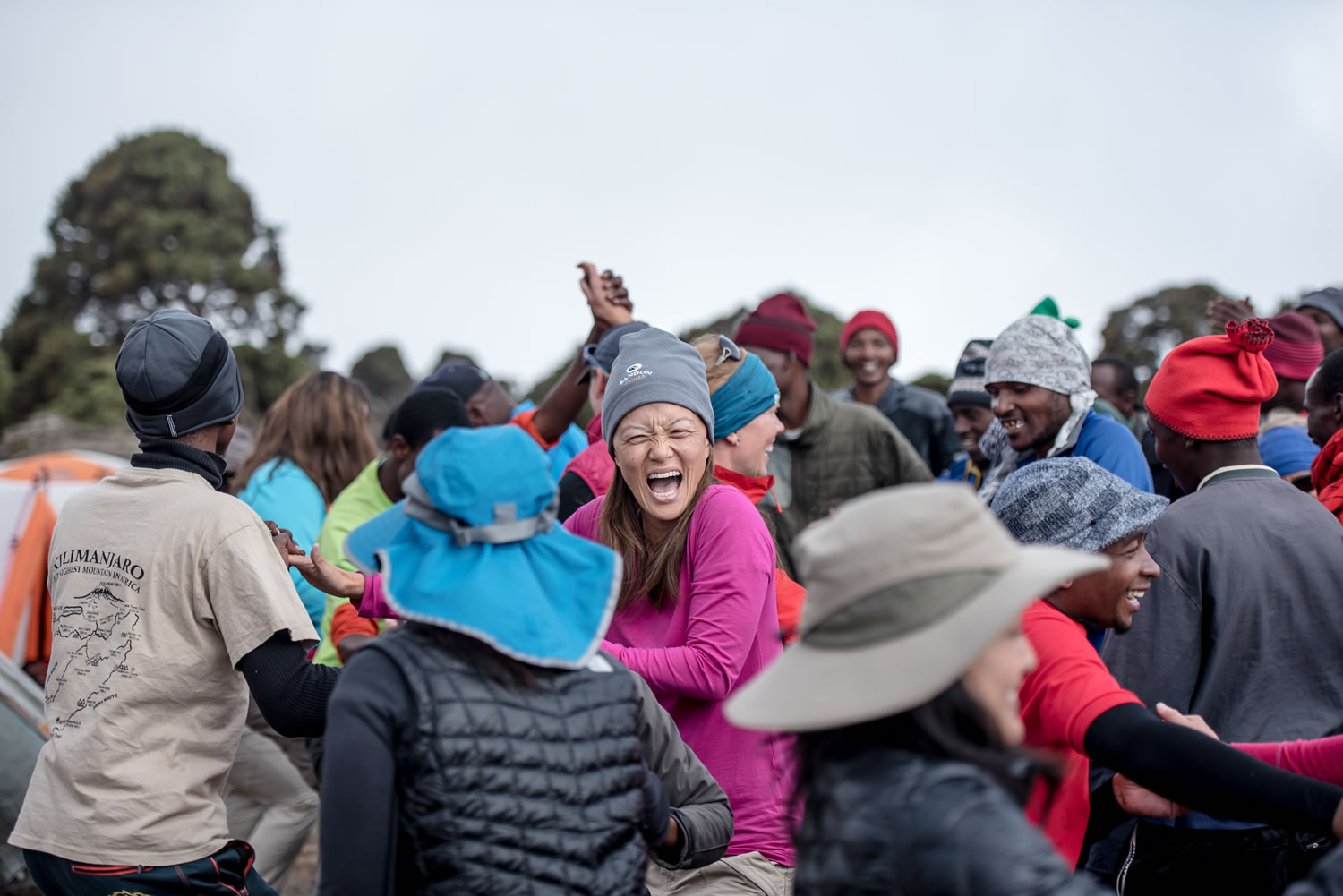
Is it difficult to climb mount Kilimanjaro?
Climbing Mount Kilimanjaro is challenging but achievable for most physically fit individuals with proper preparation and determination. Here are some factors to consider when assessing the difficulty of climbing Kilimanjaro:
- Altitude: Kilimanjaro is Africa’s tallest peak, rising to 5,895 meters (19,341 feet) above sea level. Altitude-related challenges such as altitude sickness can affect climbers as they ascend to higher elevations. Acclimatization is key to minimizing the risk of altitude-related illnesses.
- Trekking Duration: Climbing Kilimanjaro typically takes between five to nine days, depending on the chosen route. Longer itineraries allow for better acclimatization and increase the chances of reaching the summit successfully.
- Route Selection: Kilimanjaro offers several routes, each with its own characteristics and difficulty levels. Some routes, such as the Marangu Route, are considered less strenuous but have a lower success rate due to rapid altitude gain. Other routes, like the Machame Route or Lemosho Route, offer more gradual ascents and higher success rates but involve longer trekking distances.
- Physical Fitness: While climbing Kilimanjaro doesn’t require technical climbing skills, it does demand a good level of physical fitness and stamina. Trekkers should be prepared for long days of hiking at high altitude, often carrying a daypack with essentials.
- Weather Conditions: Weather on Kilimanjaro can be unpredictable and varied, with temperatures ranging from hot and humid in the lower elevations to freezing at the summit. Trekkers must be prepared for changing weather conditions, including rain, wind, and snow.
- Mental Preparation: Climbing Kilimanjaro is not only a physical challenge but also a mental one. The trek requires determination, patience, and a positive mindset, especially during the final ascent to the summit, known as the Uhuru Peak.
- Support Team: Most climbers choose to trek Kilimanjaro with the assistance of experienced guides, porters, and support staff. Having a knowledgeable and supportive team can enhance safety and comfort during the climb.
While climbing mount Kilimanjaro is certainly a demanding endeavor, thousands of trekkers successfully reach the summit each year. With proper preparation, including physical training, altitude acclimatization, and appropriate gear, as well as a positive attitude and determination, many climbers find the experience to be incredibly rewarding and unforgettable.

